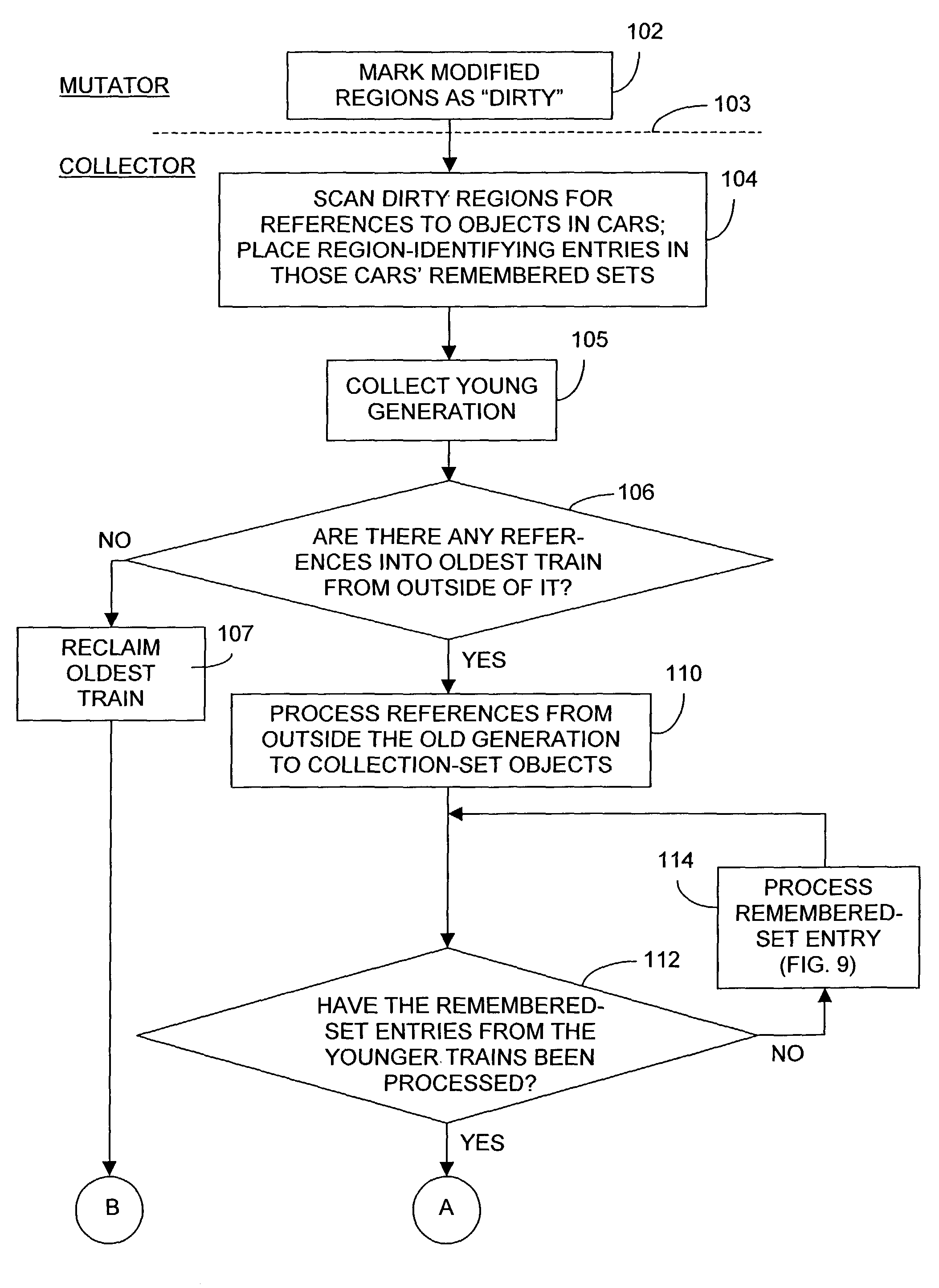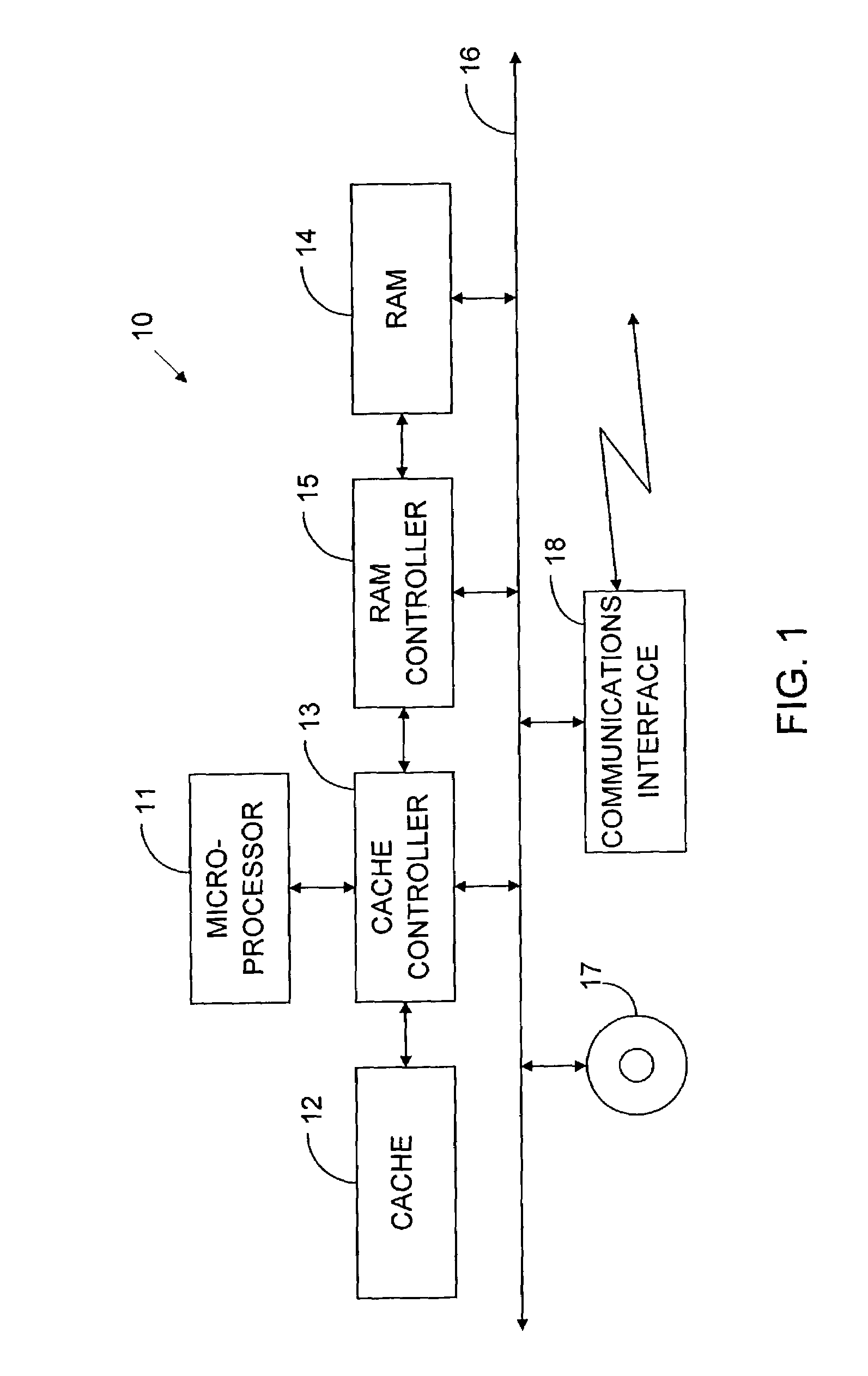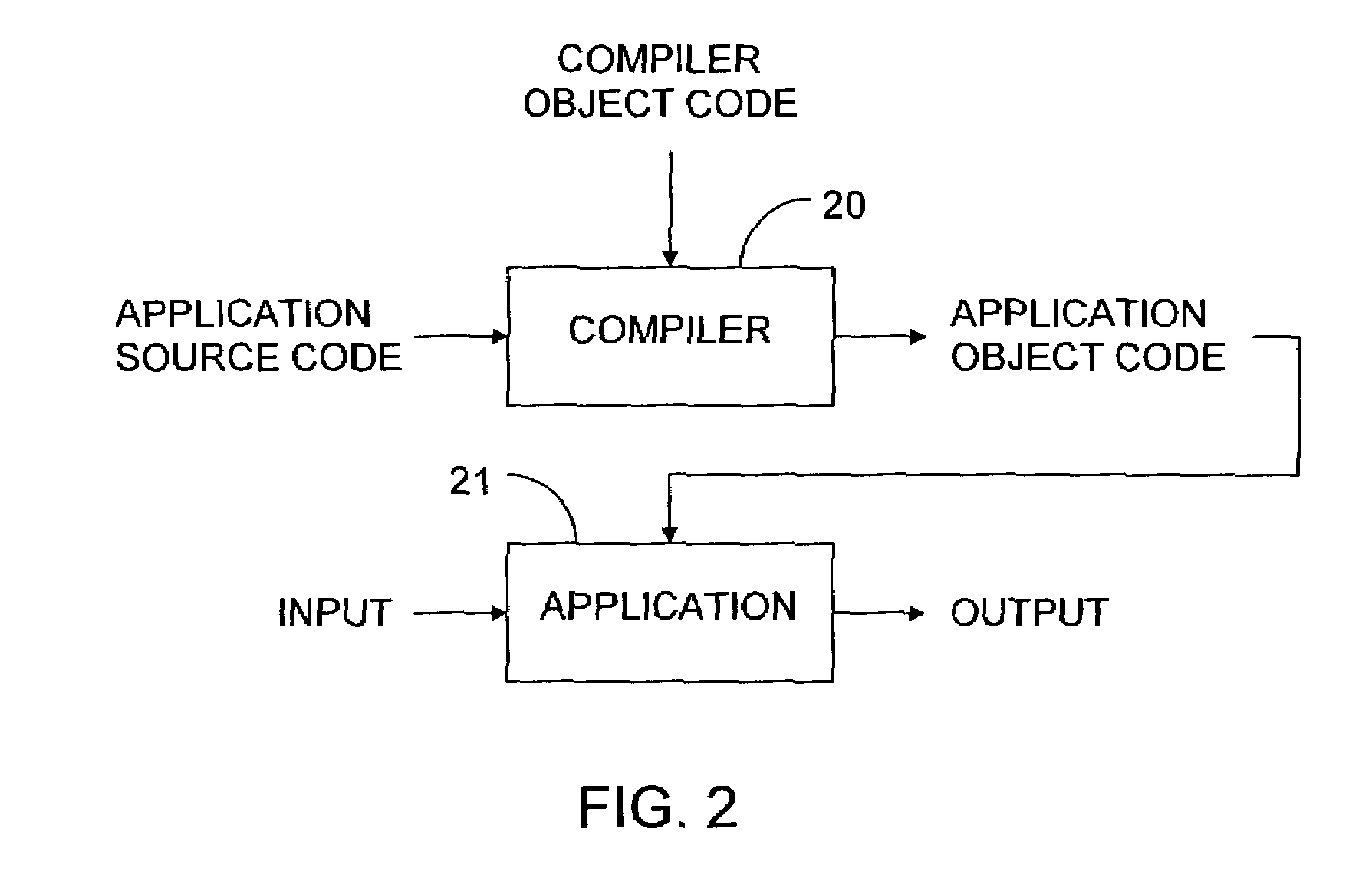In the field of computer systems, considerable effort has been expended on the task of allocating memory to
data objects.
Despite these expedients, the use of static memory allocation in writing certain long-lived applications makes it difficult to
restrict storage requirements to the available memory space.
If the application fails to reclaim unused memory—or, worse, loses track of the address of a dynamically allocated segment of memory—its memory requirements will grow over time to exceed the
system's available memory.
Another kind of error occurs when an application reclaims memory for reuse even though it still maintains a reference to that memory.
If the reclaimed memory is reallocated for a different purpose, the application may inadvertently manipulate the same memory in multiple inconsistent ways.
Explicit dynamic-
memory management by using interfaces like malloc( ) / free( ) often leads to these problems.
Specifically, a
programmer dealing with a given sequence of code does tend to know whether some portion of memory is still in use for that sequence of code, but it is considerably more difficult for him to know what the rest of the application is doing with that memory.
Even in this simple case, though, there is a sense in which the application does not itself provide the entire garbage collector.
Now, some of the functionality that source-language constructs specify can be quite complicated, requiring many
machine-language instructions for their implementation.
But inlining runs the risk that “code bloat” will result if the operation is invoked at many source-code locations.
Although the FIG. 3 arrangement is a popular one, it is by no means universal, and many further implementation types can be expected.
But it can also have significant adverse performance effects if it is not implemented carefully.
Obviously, such an approach can slow mutator operation significantly.
For many interactive and real-time applications, though, this approach is not acceptable.
The
delay in mutator operation that the collection cycle's execution causes can be annoying to a user and can prevent a real-time application from responding to its environment with the required speed.
In an interactive
system, for instance, a user may never notice hundred-
millisecond interruptions for
garbage collection, whereas most users would find interruptions lasting for two seconds to be annoying.
This approach is more complex than completing the cycle in a single collection interval; the mutator will usually modify references between collection intervals, so the collector must repeatedly update its view of the reference graph in the midst of the collection cycle.
An even more complex approach, which some systems use to eliminate discrete pauses or maximize resource-use efficiency, is to execute the mutator and collector in concurrent execution threads.
Although incremental collection thereby leaves “floating garbage,” it can result in relatively low pause times even if entire collection increments are completed during respective single collection intervals.
But it takes too long in other situations, so workers in this field have employed a number of approaches to expediting reference tracing.
On the other hand, laboriously scanning the entire mature generation for references to young-generation (or mature-generation) objects would ordinarily take too long, so the collector uses the card table to limit the amount of memory it searches for mature-generation references.
Now, although it typically takes very little time to collect the young generation, it may take more time than is acceptable within a single garbage-collection cycle to collect the entire mature generation.
Incremental collection presents the problem that, since the generation's unreachable objects outside the “collection set” of objects processed during that cycle cannot be recognized as unreachable, collection-set objects to which they refer tend not to be, either.
In the absence of features such as those provided by the train
algorithm, this would present a problem, because garbage structures may be larger than a car section.
The object being evacuated is often placed in one of the selected train's existing cars, but we will assume for present purposes that there is not enough room.
So the fourth train cannot be reclaimed yet.
So, although its referred-to objects must therefore be evacuated from the train, they cannot be placed into trains that contain references to them.
Conversely, this approach acts to increase the amount of floating garbage in the generation.
Since the sources of external roots, e.g. from younger generations or from tops of stacks, are quite volatile—the roots appear and disappear often.
In such instances objects referenced only from such roots are likely to be short-lived and evacuating them to the youngest train (assumed suitable for receiving such objects) inefficiently prolongs the objects in the heap.
 Login to View More
Login to View More  Login to View More
Login to View More 


